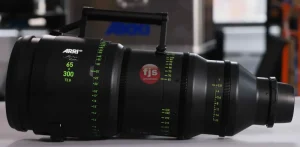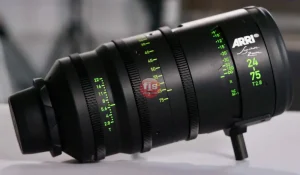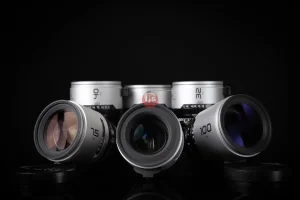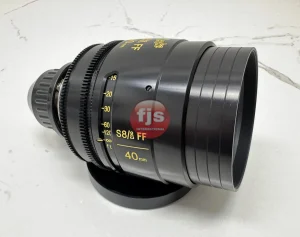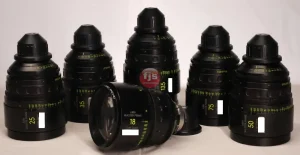Ever noticed black bars on the top and bottom of your widescreen TV when watching an older movie? That’s because those movies were filmed in a format called anamorphic, which captures a wider image than standard TVs can display. Software de-squeezing methods attempt to recover this wider image, but do they truly deliver anamorphic quality?
Key Features and Benefits of Software De-Squeezing
- Increased Picture Size: De-squeezing methods eliminate the black bars, filling your entire screen with the intended image.
- Enhanced Viewing Experience: By utilizing the full screen real estate, de-squeezing can create a more immersive viewing experience.
- Potentially Improved Detail: In some cases, de-squeezing can reveal details that were hidden by the black bars.
- Convenience: Software de-squeezing is often readily available on TVs and media players, making it an easy solution.
A Deep Dive
Software de-squeezing works by mathematically stretching the image to fill the entire screen. While this increases the picture size, it doesn’t necessarily create true anamorphic quality. Here’s why:
- Loss of Information: The stretching process can introduce interpolation, where new pixels are created to fill in the gaps. This can result in a loss of image detail and sharpness.
- Aspect Ratio Distortion: Stretching the image can distort the original aspect ratio, making objects appear elongated or squished.
- Limited Improvement: De-squeezing only recovers information that was already encoded within the image. It cannot create details that were never captured in the filming process.
Conclusion
Software de-squeezing methods offer a convenient way to fill your screen with an anamorphic movie. However, it’s important to understand that they don’t deliver true anamorphic quality. The original film grain, aspect ratio, and level of detail are all preserved in the encoded video, and de-squeezing cannot recreate information that wasn’t there to begin with.
For the most accurate representation of an anamorphic film, watching it on a projector with a proper screen size remains the ideal solution.
Q&A
- Is de-squeezing better than watching with black bars?
This depends on your priorities. If you prefer a larger image and don’t mind some potential quality loss, de-squeezing might be a good option. But for the most accurate representation of the film, watching with black bars is preferable.
- Are there different types of de-squeezing methods?
Yes, there are various algorithms used for de-squeezing, with some offering better results than others. The quality of the de-squeezing will depend on the specific software or device you’re using.
- Is there a way to get true anamorphic quality without a projector?
Some high-end TVs offer advanced scaling and processing techniques that can improve the quality of de-squeezed images. However, these methods still can’t replicate the original anamorphic experience perfectly.


